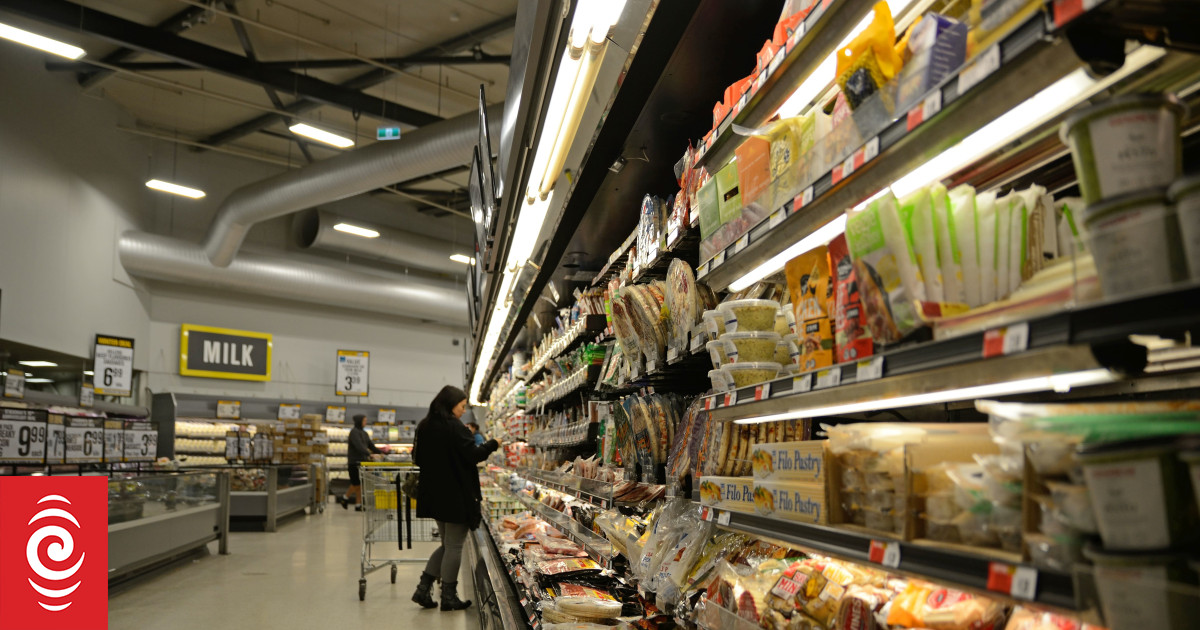On an annual basis, food prices rose 4.1 percent.
Photo: 123rf.com
There may be some relief ahead for supermarket shoppers.
Stats NZ’s latest food price data shows a drop of 0.4 percent in September compared to the month before.
Vegetables and chocolate had the biggest monthly decrease.
Boxed chocolates dropped in price by 16.2 percent in the month and cucumbers by 34 percent.
On an annual basis, food prices rose 4.1 percent but that was the smallest increase since April.
Milk was up 15 percent on a year-on-year basis, cheese up 31.4 percent and beef mince 17.7 percent.
“All five food groups continue to grow annually but the rate of increase for overall food prices has slowed this month,” prices and deflators spokesperson Nicola Growden said.
“The price of white bread increased by 69 cents per loaf since December 2024.”
But she said cabbage was a standout – up 97 percent compared to the year before.
“This is the highest price for cabbage in nearly three years.”
Lettuce was also more than 50 percent more expensive than a year earlier.
Foodstuffs managing director Chris Quin said the overall easing in food price inflation was welcome after months of increases.
But he said there were still underlying cost pressures across many categories.
“While global costs have started to moderate in some areas, what our co-ops pay for the grocery items New Zealand produces and exports remain elevated – especially dairy and red meat.
“Butter is still up 27 percent year-on-year in our basket, and we’re continuing to sell Pams butter at a loss as part of our commitment to make it as affordable and accessible as possible for shoppers,” he said.
He said many shoppers were choosing home brand products to save money. Sales of Pams products were up 4.7 percent a year over the past two years.
Quin said seasonal products were also an opportunity to save money.
“Fortunately, spring is now here, and prices have started to ease after a slow start. We’ve had a bit of a cold snap which has slowed growth in things like asparagus and berries, but other produce has come back strongly. As they come into season, tomatoes and lettuce are coming down in price, and avocados are great value – all Kiwi favourites for this time of year as we head into summer.”
He said global falls in olive oil pricing were beginning to show up on shelves.
“It can take three months or more for changes in commodity prices for products like olive oil to be reflected in what shoppers see here – factoring in production, shipping, and stock already in the system. We’re starting to see those reductions now.”
He said the outlook for spring was encouraging.
“We haven’t had any major weather events lately, but it’s a crucial time for tree crops like apricots and cherries. Over the next six weeks we’ll get a clearer picture of what the summer season will look like.
“The local and global economic shocks of the past five years have changed customer behaviour. Our co-ops are competing hard to offer the best deals, by buying smart and seasonally, because New Zealanders are shopping around more than ever to make the grocery budget go further.”
Sign up for Money with Susan Edmunds, a weekly newsletter covering all the things that affect how we make, spend and invest money.

